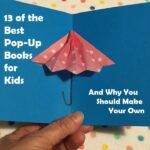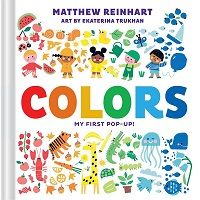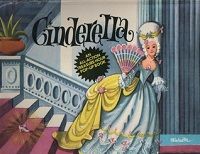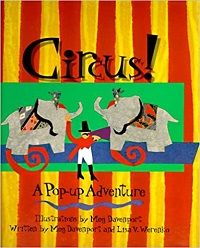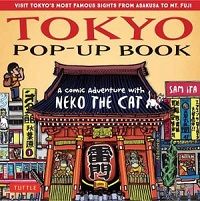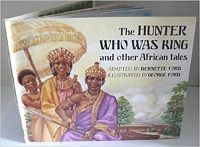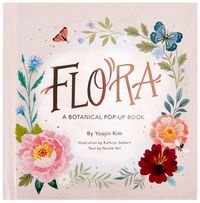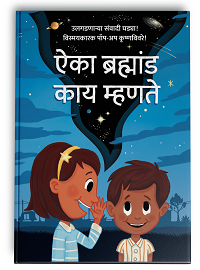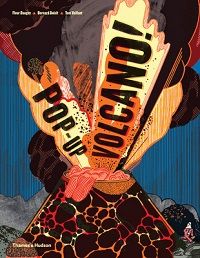Well, let’s clarify: they are the best for children and the absolute worst for parents’ stress. It’s almost inevitable for the little hands to destroy the pages with sticky hands and torn flaps, but there is something magical about opening a picture book with depth. Pages come alive before your eyes. Details shared in a way to make reading crystal clear while young minds grow. sigh Face it, we’re all suckers for a great pop-up book for kids. And the best pop-up books are the ones your kids love as much as you do. Including the one they make themself. Recently, I found one of my favourite classic children’s pop-up books: The Magical Pop-Up World of Winnie-the-Pooh by A.A. Milne with illustrations by Andrew Grey. We originally bought this book for our first child almost 16 years ago. We never gave it to him because we moved house and a whole bunch of other excuses. The top of which, if I’m being honest, was my fear of damaging the book. I was so worried about sharing the book with him before he was old enough to appreciate it, I ended up leaving it too late until after he was no longer interested. I repeated the same mistake with my second child.
Make Your Own Pop-Up Book
Our third child is far more creative and expressive and generally more everything than her older brothers. We spent a lot of time during COVID lockdowns making stuff and subsequently built a deep respect for books and projects created by others. Once she saw the process, she understood the amount of work others were putting into their projects and how she could also improve her own. That’s when it hit me: why not make our own pop-up book before I bring out Winnie-the-Pooh? After trying a few different books and styles, we have fallen in love with Pop-Up Workshop For Kids by Antje Von Stemm. The book works with video tutorials available on Von Stemm’s website along with a bunch of templates at the back. The key feature which raises this book above all others is the use of children’s work within the book. The artwork clearly belongs to kids, making it relatable for children and removing the frustration of their own work competing with professional artists. The skills suit younger hands (and dexterity), ensuring kids are able to complete the task, most of the time on their own. If your child can cut a straight line, they can easily start with their own “Snapping Mouth” or “Zigzag concertina.” Believe me when I say, if my uncoordinated hands can do it, then there is a fair chance for everyone. One extra benefit of this book is how you learn to possibly fix a damaged pop-up book. Von Stemm teaches the basic principles of making your own pop-up book, from simple cuts and folds to asymmetrical platforms with pull-tabs. There are also tips on making your own book covers or displays. Once you learn these, you will start to recognise the same elements in professional pop-up books. Which also means you can have a better idea on how to repair them, and give them a few more years of love with curious kids. Not every child is going to be careful with pop-up books, no matter how enchanted they are. Even the best children’s pop-up books come with a risk. There is a fine line between interesting and intricate, with a lot of vulnerability in the latter. All I can say is the benefits of reading a layered pop-up book outweigh the risk of damage to the pages. Here is a short list of the best pop-up books for kids, from classics to contemporary. We even have a few pop-up books for toddlers to start you off.
Pop-Up Books for Toddlers
Best Pop-Up Books for Elementary Kids
Best Reference Pop-Up Books for STEAM Kids
The best pop-up books for kids are the ones they want to read and play with. Even when the pages tear or break, your kids are still gaining the benefits of interacting with a book. Even the keepsakes like Winnie-the-Pooh are better with a few smudgy marks. Enjoy!
